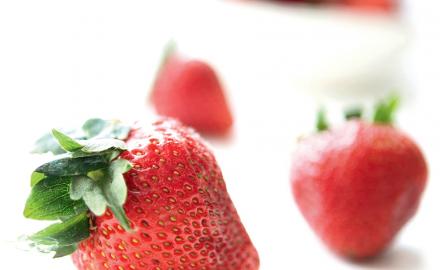Ginger , the root of flavour
Origins
When it appeared on food stands at the time of the Roman Empire in the 1st century, no-one knew where this inexpensive spice had come from. It was taken for the pepper root due to its powerful, exotic flavour. It finally emerged that ginger had been discovered somewhere in Asia 2,500 years ago, although it could not be determined whether it was originally found in China or India, as it has been present in these lands since time immemorial.
By the beginning of the 16th century, it had practically made its way around the world, even reaching the American continent (Mexico, West Indies, etc.), where production developed in impressive fashion, as naturalist Joseph de Acosta explains: “Ginger was brought from India to Hispañola island (Haiti and the Dominican Republic), and multiplied to such an extent that by 1587, people no longer knew what to do with it!”
India is still the current leading producer, producing 275,000 tonnes of ginger per year (27% of world production), followed closely by China (259,719 tonnes/year). Although more moderate, the harvests of ginger in Nigeria, Australia and Jamaica attract the attention of purists as the varieties are quite specific.
Indeed, Jamaican ginger is very widespread in French grocery stores thanks to its subtle aroma. As for the Australian variety, it is used particularly in confectionery due to its sweet lemony flavour.
Ginger from Nigeria and Sierra Leone, on the other hand, is stronger and has a heady scent of camphor, which makes it the ideal product for using in certain types of fruit juice.
Usage
Many countries, whether producers or not, have introduced ginger into their traditional cuisine, using it fresh, dried, candied or marinated depending on the desired result.
Whether grated or chopped, fresh ginger, while quite sweet, brings out the aromas of fish, stews, marinades and courts-bouillons in Chinese cooking as well as in oriental stews. Peeled and crushed, it forms the primary ingredient of ginger ale, a Canadian drink, while its juice is used as the basis for making refreshing drinks in West Africa. In India it is eaten between two courses to clean the palate; its hot, spicy, peppery taste, slightly lemony, leaving a touch of freshness in the mouth.
Dry ginger has a stronger flavour. It is often used as a powder in Chinese cuisine to mask the strong flavours of seafood and mutton. It is an essential part of charoset, a traditional dessert served at the Passover Seder which is made with nuts, apples, grapes and cinnamon. It is also used to flavour spice bread and pudding.
In Swahili and India it is used to flavour tea. It is also used in the composition of Ras-el-Hanout, a Moroccan spice mix.
Marinated, it is used abundantly in Japanese cuisine and accompanies sushi, sashimi and noodles.
Candied in sugar, it is found widespread in sweets in South East Asia, while it is used to rinse the mouth between two sushis when pickled in rice vinegar. Excellent in chocolate cake, it brings out the flavour of whipped cream when mixed in after being finely chopped.
Ginger is without a doubt a highly useful spice, particularly as it is also used in the four corners of the world to relieve ailments such as rheumatism, nausea, digestion problems, cholesterol, colds and migraines.
And let’s not forget its mythical powers as an aphrodisiac!

